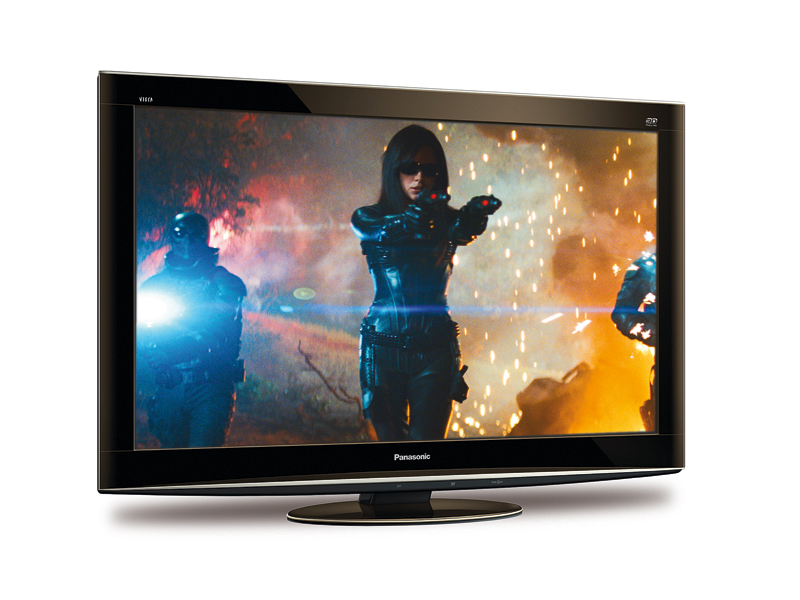Why you can trust TechRadar

As flatscreen TVs go, the P42VT20, has pretty decent audio but despite the built-in subwoofer low frequencies don't have much more impact than the G20 models, which only have two speakers.
Dialogue comes through clearly even against noisy backgrounds but unsurprisingly, distortion at higher volumes make the use of a separate audio system mandatory when watching broadcast drama or HDMI sources.
Value
The non-3D version of this screen, the P42V20, sells for around £1,000 and you'll have to pay about £1,800 for the P42VT20. It may come out of Panasonic's top drawer for specs but that's a hefty premium for an extra dimension and one or two minor improvements. And with Samsung's 40C7000 going for £1,000 and Sony's Bravia KDL-40HX803 around £1,300 this Panasonic screen looks uncompetitive.
Ease of use
The hallmark of any well-designed TV is that you should be able to navigate its menu system with the greatest of ease and with minimal reference to the instruction manual. Panasonic only partially succeeds. There are three main menu options – picture, sound and setup – and the menu structure curiously locates some of the picture adjustment options in the set-up folder and some in the picture folder.
The remote control feels good in the hand and has decent sized and responsive buttons but is curiously laid out in places. Still, we've seen much worse.
The aforementioned propensity to change function names extends to removing some from certain menus when different picture modes are engaged. Confusing and sometimes a tad annoying.
Watching 3D – and switching back to 2D – should be as simple as possible. Not so with the P42VT20B. You have to get the specs ready and switched on, delve into the setup menu to access the 3D settings, select 3D display, scroll and select side-by-side or frame sequential, exit, enter the picture settings and change the mode to Dynamic.
There's no quick or simple way to switch back to a 2D channel and sometimes the Sky box doesn't respond to the remote control when the TV is in 3D mode. You also need to close the curtains if it's daytime as the specs strobe like mad in bright ambient light. Even with the lights down low there's still light pollution between the lens and the eye socket.
Otherwise, the P42VT20 is easy enough to operate although the menu system, like the EPGs, looks sadly dated.
Current page: Panasonic TX-P42VT20: Sound, value and ease of use
Prev Page Panasonic TX-P42VT20: Picture quality Next Page Panasonic TX-P42VT20: Verdict